The challenges of shifting to a safer sport culture: High performance coach and administrator perspectives
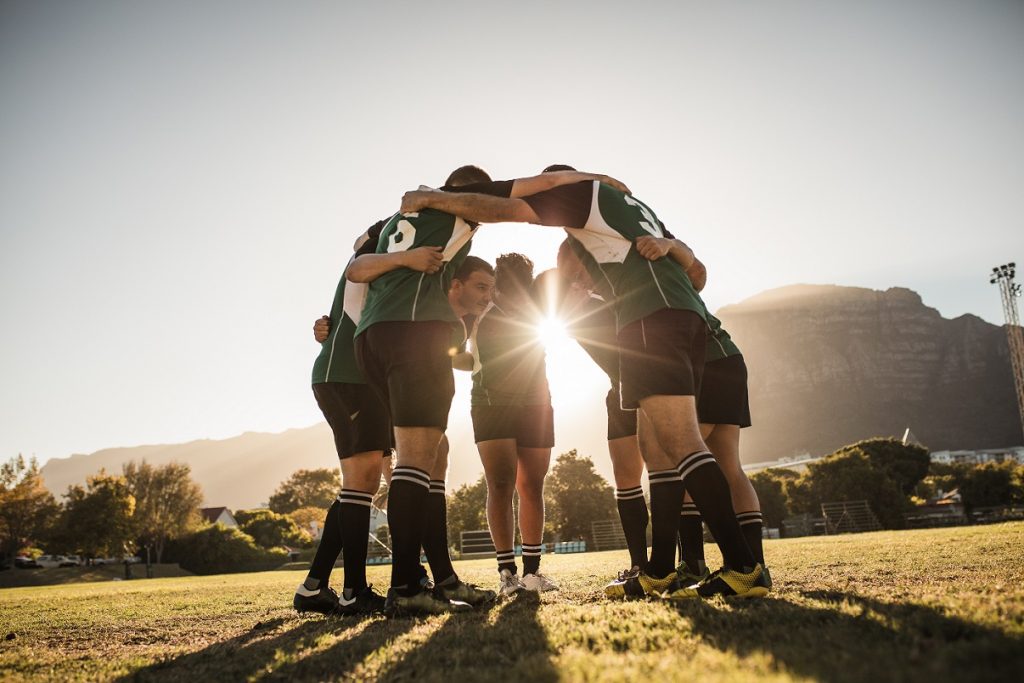
Highlights High performance coaches and administrators are key stewards of a shift to safer sport In our research, coaches and administrators identified 6 challenges to culture change in high performance sport: Sport is inherently unsafe Turbulent, unstable sport environment Lack of system alignment Different interpretations of safe sport General hesitation and avoidance Financial and human…
Best practices in Concussion in Sport: Updates from the Amsterdam International Consensus Statement
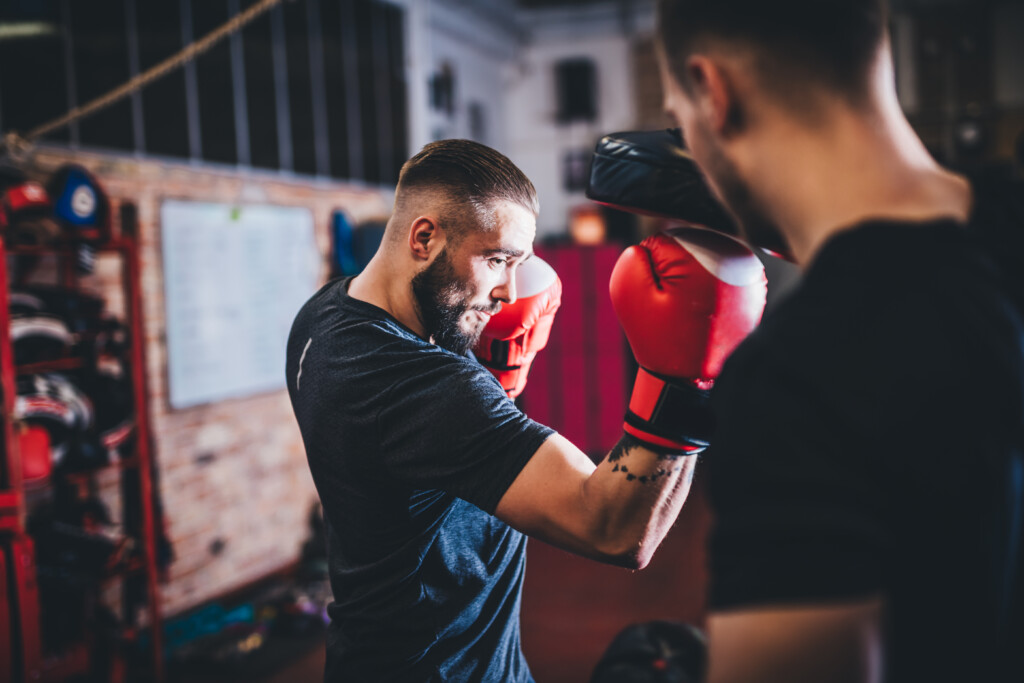
Highlights: Concussion is a brain injury and is among the most common injuries in contact and collision sport. Published in June 2023, the Amsterdam Consensus Statement summarizes the latest research in concussion as of the 6th International Conference on Concussion in Sport. This article shares updates based on that international consensus that can be used…
Clearing the air around air quality and outdoor sport safety
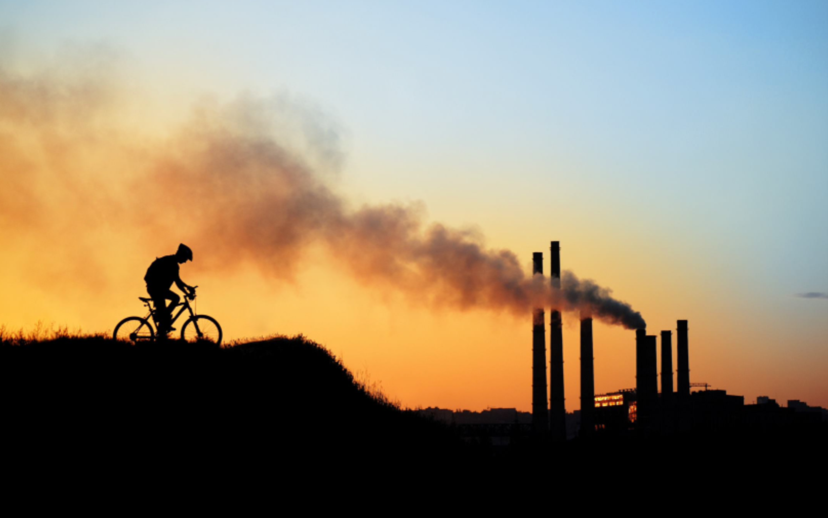
Highlights In 2022, Health Canada and the Sport Information Resource Centre partnered to create educational resources to raise awareness about air quality and the safety of outdoor sport participation Air pollution can impact the health of all Canadians, but some groups, including people engaged in outdoor sport and exercise, are at an increased risk Monitoring…
Taking a person-first approach to high performance sport in Canada
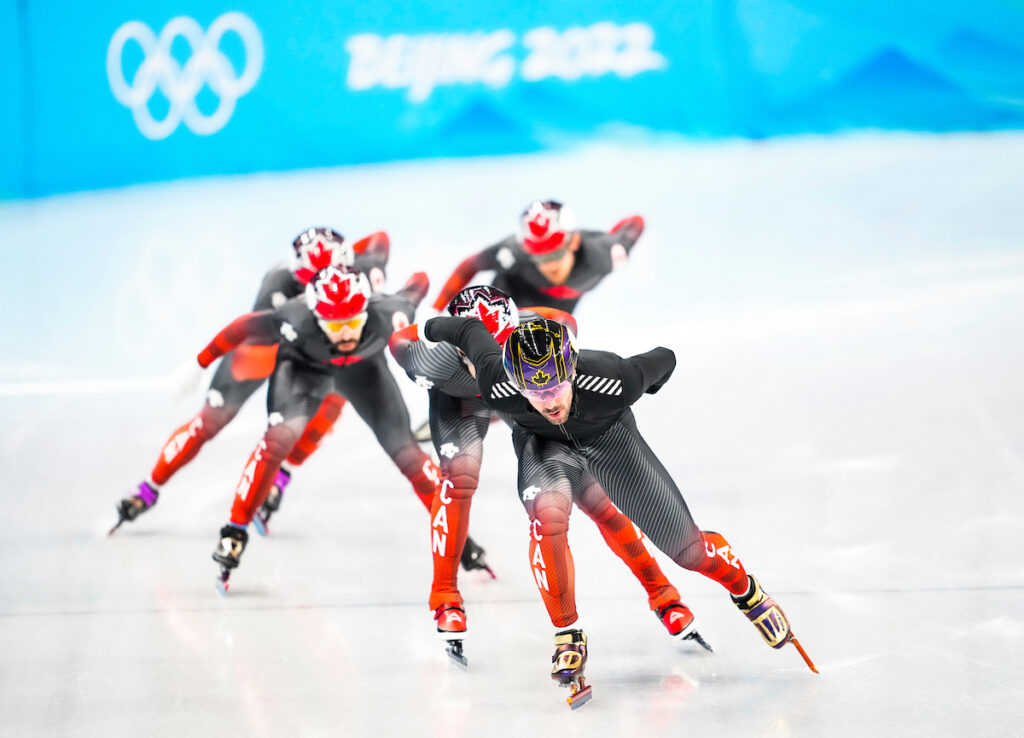
Highlights Over the course of 2022, athletes and supporters have consistently raised concerns about maltreatment and lack of transparency in the Canadian sport sector In this SIRCuit article, Teddy Katz explores athlete concerns, as well as changes being made within Canadian sport to move towards a “person-first” system Katz spoke to Olympians, mental health experts…
How coaches and sport organizations can create a better experience for LGBTQ+ youth
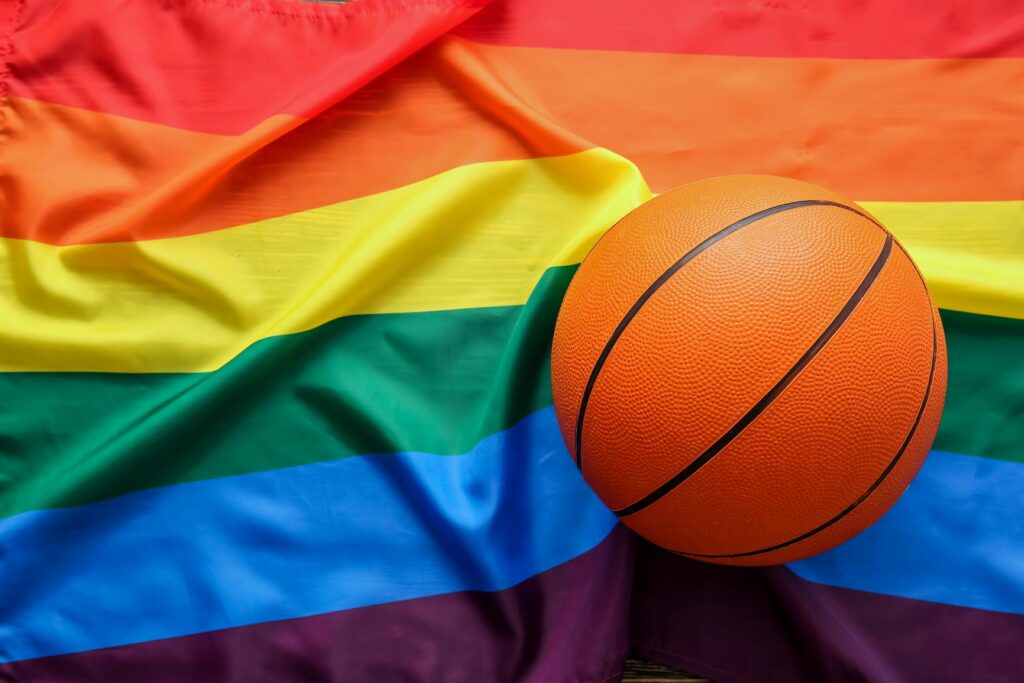
Participating in sport can have many benefits for lesbian, gay or bisexual (LGBTQ+) youth. Sport has the potential to bring joy, distraction and mindfulness that frees LGBTQ+ youth from worry and fear in other domains of their lives. Sport can also provide important social connections and support for LGBTQ+ youth as they negotiate coming out….
Let’s talk about air pollution: Keeping outdoor sport participants safe
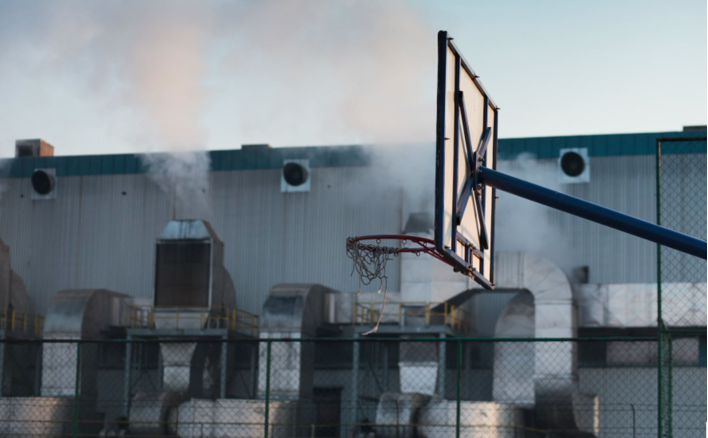
In honour of Clean Air Day (June 8), SIRC partnered with Health Canada to present information about air pollution and how it can affect the health and performance of outdoor sport participants. We also highlight the ways coaches, officials and sport organizations can adapt to keep all participants safe during outdoor sporting activities. In recent…
Creating a Safer Sport Environment with Background Screening
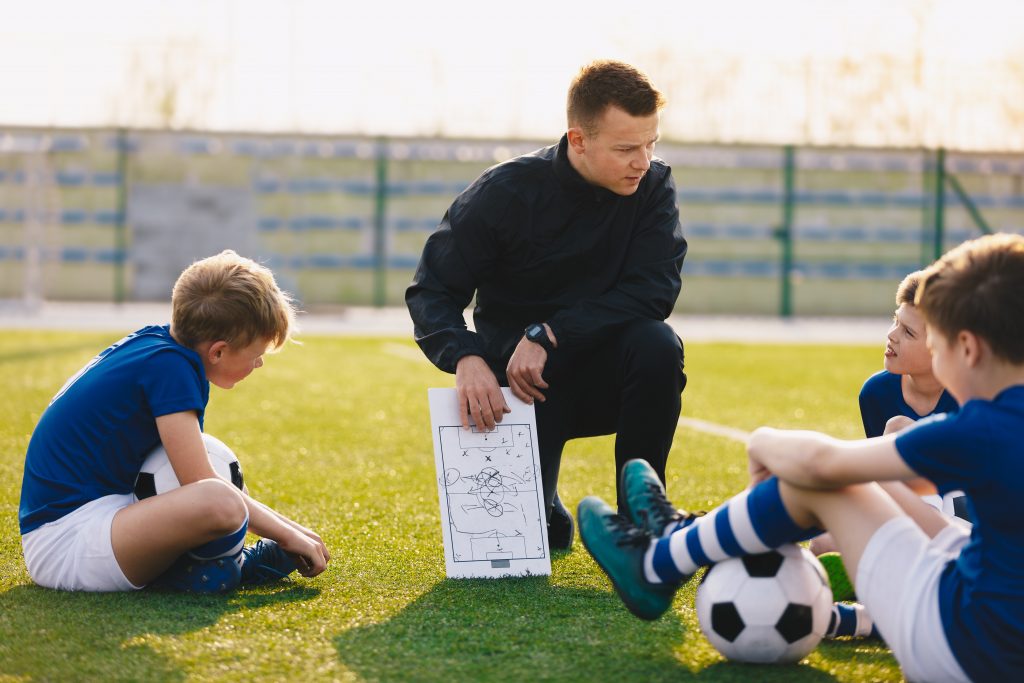
This is the second installment of a 3-part blog series providing tools and resources to strengthen safety and ethical values in sport by introducing the Responsible Coaching Movement. In Blog #1, we focused on the importance of the Rule of Two. In this installment, we’ll turn our attention to another key area of the Responsible…
Creating a Safer Sport Environment with the Rule of Two
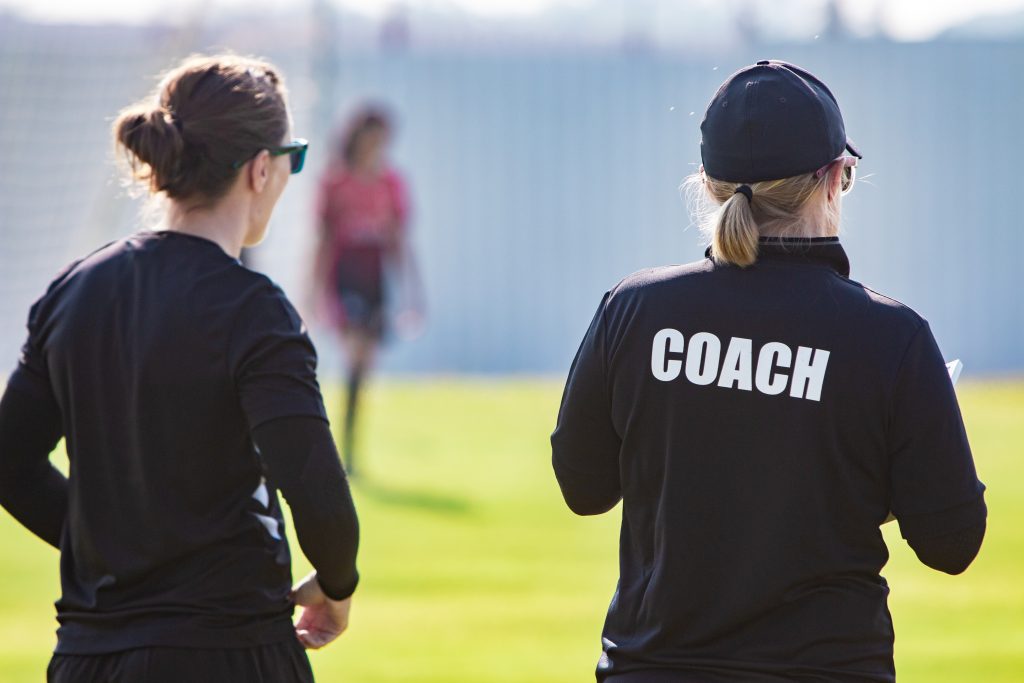
This is the first installment of a 3-part blog series providing tools and resources to strengthen safety and ethical values in sport by introducing the Responsible Coaching Movement. If this is your first visit to this blog series, considering taking a few minutes to read subsequent blogs which focus on Background Screening and Ethics and Respect…
Environmental Factors in Exercise and Sports Performance
Preparing for competition requires physical and mental training, proper nutrition, and recovery. It is also essential to understand your competition and how each athlete fits within the team dynamics. These factors, for the most part, are all factors that can be controlled. Then there are factors such as the temperature, allergens, pollution and altitude that…